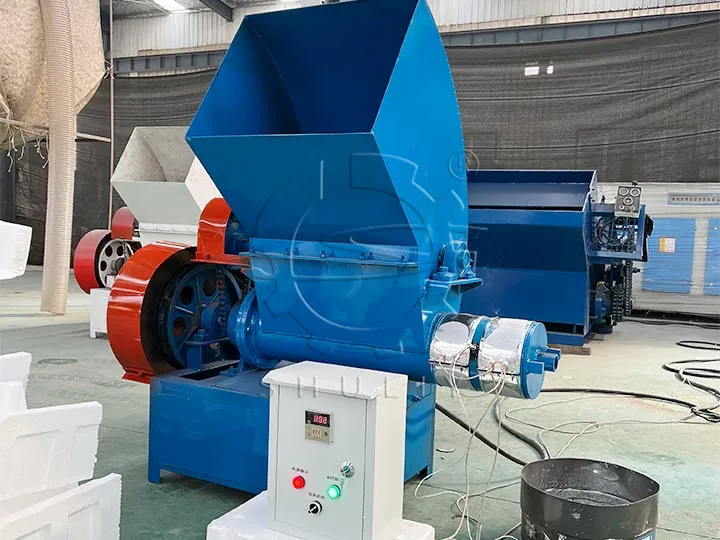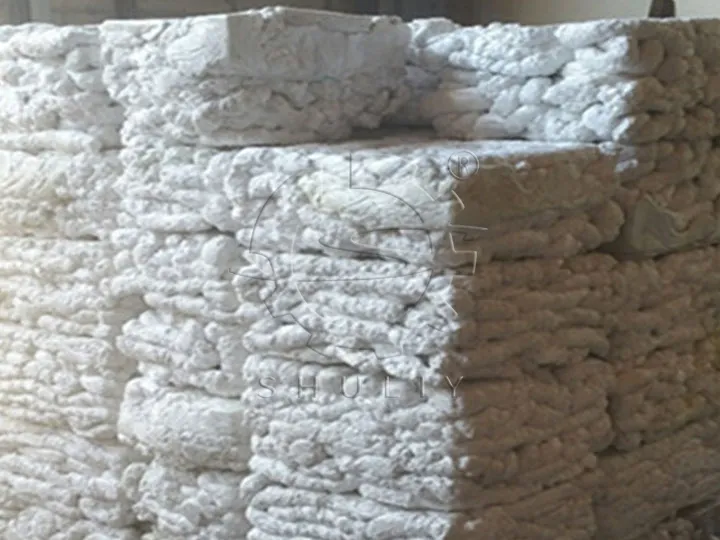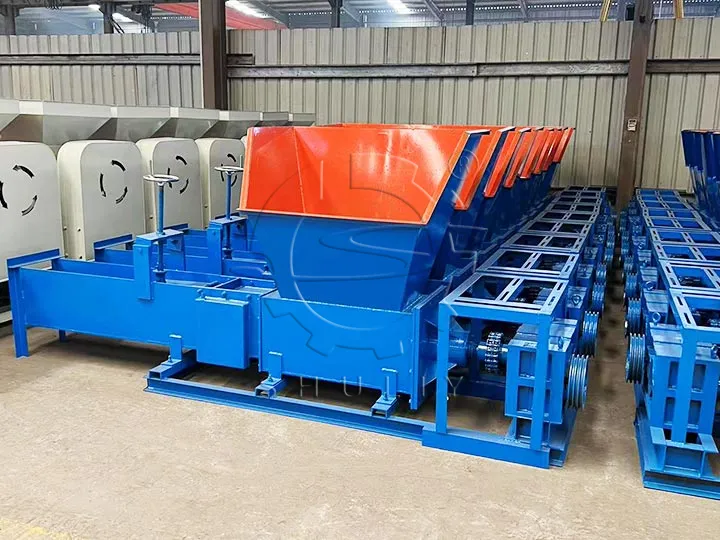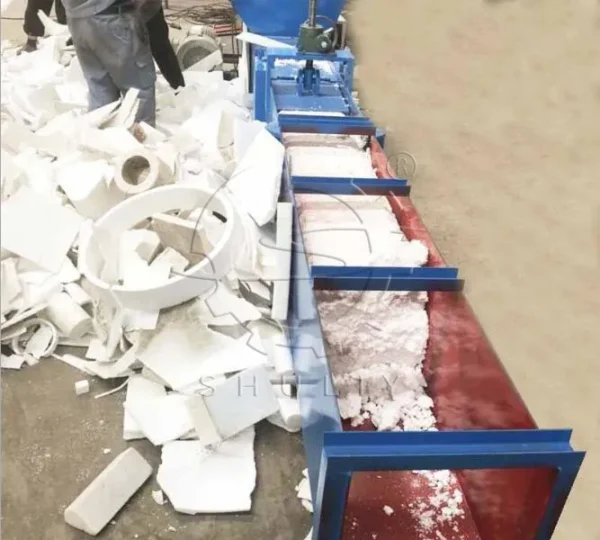Styrofoam recycling machines are essential for businesses looking to manage and repurpose expanded polystyrene (EPS) waste efficiently.
Choosing the foam recycling machine is critical to improving recovery efficiency and minimizing environmental impact.
This article will look at three common foam recovery technologies: granulation, hot melt, and cold pressing, to help you choose the most suitable styrofoam recycling machine.
Granulation: Turning Foam into Reusable Pellets
Pelletizing is the process of converting foam waste into homogeneous pellets that can be used as feedstock for the manufacture of new products.
Typically, the granulation process involves crushing large pieces of foam into smaller pieces, which are subsequently fed into an EPS pelletizer to be heated and melted, before the melted material is extruded into strips and finally cut into pellets. These granules are lightweight, easy to store, and highly reusable in a variety of industries.
Benefits:
- Efficient handling of large quantities of foam waste
- Generates pellets for secondary processing and use
- Increases the value of the material for subsequent recycling


Hot Melting: Reducing Volume Through Heat
Hot melt technology is the process of softening waste foam by heating it and then compressing it into blocks. Styrofoam melting machines are ideal for facilities where space is limited or where reducing the volume of waste material is a priority.
Benefits:
- Drastically reduces the volume of Styrofoam waste
- Simple and cost-effective operation
- Easier storage and transportation of compressed blocks


Cold Pressing: Compression Without Heat
Cold compression technology differs from hot melting in that it does not heat the foam but directly compresses it into a smaller volume using high pressure. Styrofoam compactor is suitable for companies wishing to reduce the volume of foam without changing the properties of the material. By compression under high pressure, the waste foam becomes denser, making it easier to store and transport.
Benefits:
- No heating required, energy saving and environmental protection
- Efficiently compresses foam into a smaller volume, reducing the footprint
- Maintains the integrity of the foam for specific recycling needs


Conclusion: Finding the Best Styrofoam Recycling Machine Fit for Your Needs
Selecting the right styrofoam recycling machine depends on your business’s specific requirements, including waste volume, available space, and recycling goals. Granulation is ideal for repurposing waste into reusable materials, while hot melting and cold pressing are better suited for reducing waste volume. Understanding the strengths of each method will help you invest in the most suitable styrofoam recycling machine for your operations.
